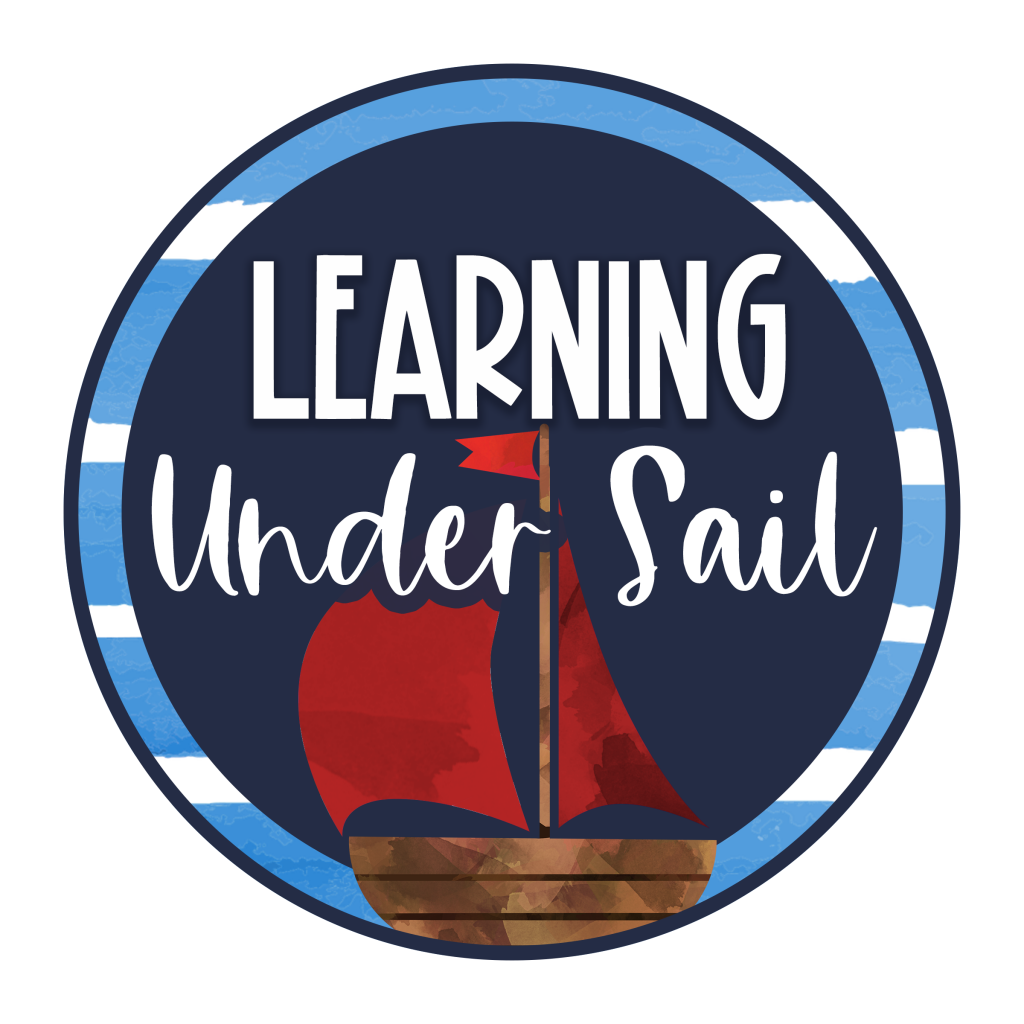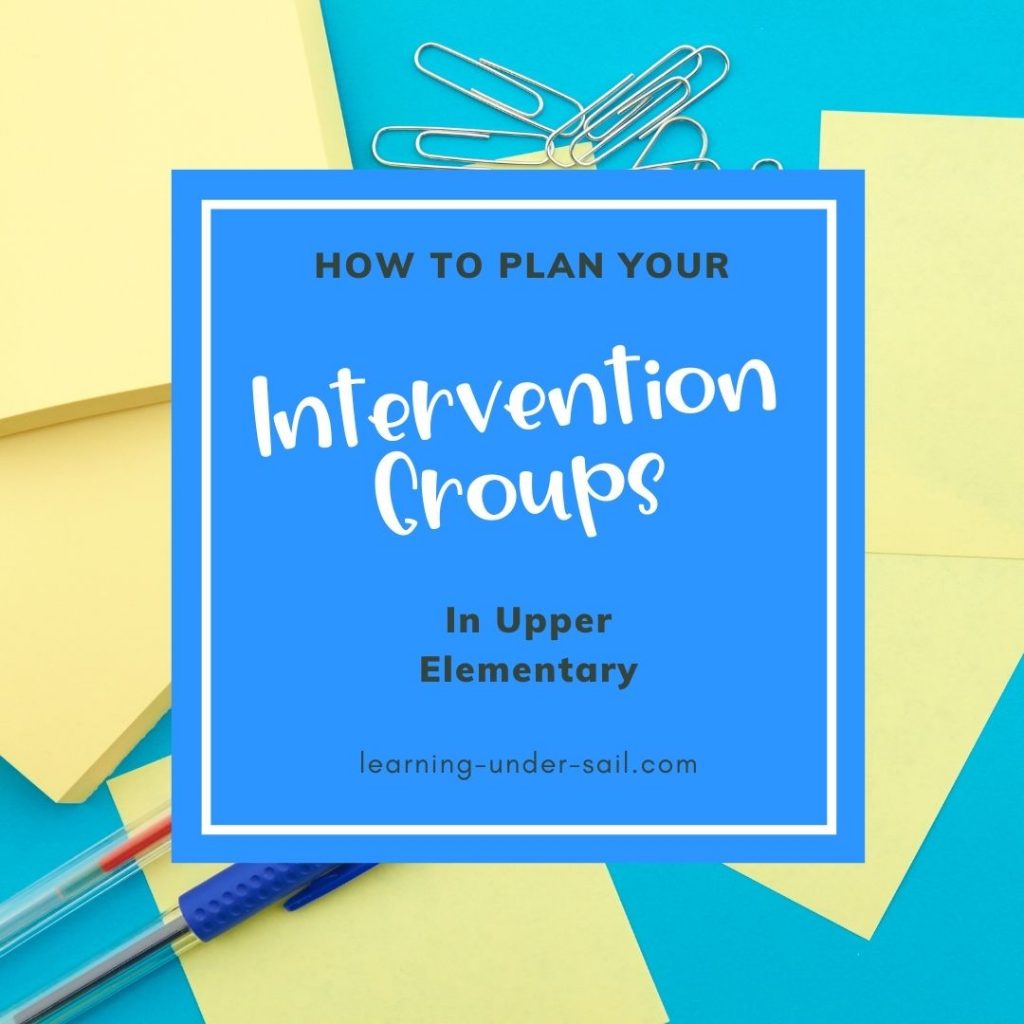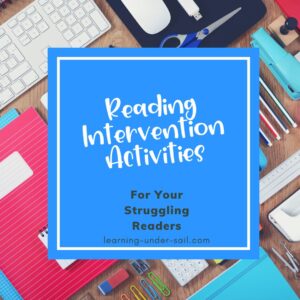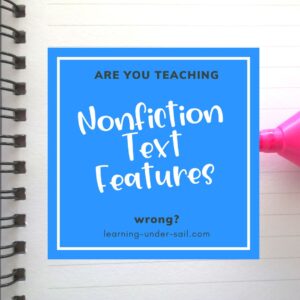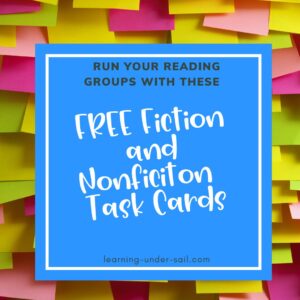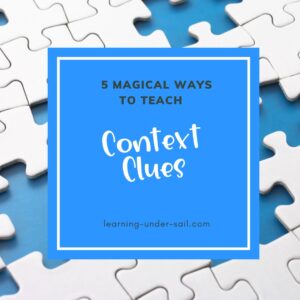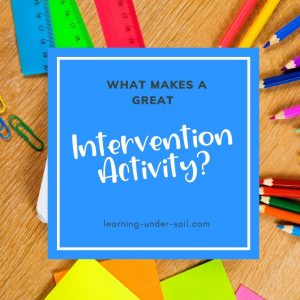Do you need to start small group intervention groups in reading or math? Are you overwhelmed at the thought of having to plan for intervention groups? Here is your step-by-step guide to plan focused, specific intervention and get results.
Step 1: Analyze your data.
Whether you use a classroom assignment, a teacher-made test, or a district benchmark assessment, ask yourself the following questions when you analyze your data:
-
How many students are in need of intervention to master this skill?
Intervention works best in small groups of five students or less so that all the students can get high-quality feedback and individualized guidance from the teacher. If you have more than five students are in need of intervention with a specific skill, consider splitting a large group into two groups.
-
Do students have the prerequisite skills needed to understand and apply the tested skill?
Your intervention time is well invested when you review prerequisite skills needed to help students make connections to the skill you are teaching. For example, before students summarize a fictional story they need to know how to determine the important events in a story and how to put those events in the correct sequence. When you review and practice these prerequisite skills, it builds student confidence and helps them understand the new skill.
-
How important is this skill to help the student’s overall success?
Not all reading and math skills are created equally. For example, learning about context clues to understand unknown words is a more valuable skill than learning how to use guide words in the dictionary because using context clues contributes to overall reading comprehension. Mastering the use of context clues will help the student become a better reader.
Step 2: Choose ONE skill that you will teach to mastery.
This is the key to getting results. When you try to teach everything during intervention groups, you teach nothing. to most students it’s just more of the same instruction that didn’t work the first time.
Everyone learns at a different pace, so plan to honor the learners in your groups with the time that they need to master this skill. We often push students to learn at warp speed to get through the curriculum (because we have to) and they just don’t get the time that they need to get a deep enough understanding to remember and apply the skill that they have learned.
Step 3: Write a five day plan that includes formative and summative assessments.
Plan activities that require a high rate of response from all students. Think of intervention plans as daily quick mini-lessons and guided practice. Here’s a quick outline of a five-day intervention lesson plan template:
- Day 1 – Introduce the skill by modeling an activity. Students complete the same activity or a similar activity.
- Day 2-4 – Play a game that practices the focus skill. Go Fish!, Memory, and Hot Seat translate well for many skills.
- Day 5 – Summative Assessment
Step 4: Create or gather your materials for the week.
Keep it simple. Don’t spend hours hunting for the perfect activity when you can create your own. Choose a few core activities that you use consistently throughout your groups. Some examples include using whiteboards and markers, the games mentioned above, or a specific strategy such as annotating text.
Follow these four simple steps to save yourself time and maximize student growth!
What’s you biggest intervention challenge? Tell me about it in the comments below.
